A Protestant Church in Communist China
Studies in Missionaries and Christianity in China
General Editor: Kathleen L. Lodwick,Pennsylvania State University/Lehigh Valley, Pennsylvania
Publishing interdisciplinary, innovative scholarship, this series extends our understanding of the Christian missionary movement in China from the time of the Jesuits in the Ming dynasty to the Protestants in the nineteenth and early twentieth centuries and explores its impact on both the Chinese people and on the countries that sent missionaries to China.
Advisory Board:
Ryan Dunch, University of Alberta, Canada
Lydia Gerber, Washington State University, Washington
Joseph Tse-Hei Lee, Pace University, New York
Xi Lian, Hanover College, Indiana
Lida Nedilsky, North Park College, Illinois
Other Titles in this Series
John Craig William Keating, A Protestant Church in Communist China: Moore Memorial Church Shanghai, 19491989
Connie Shemo, The Chinese Medical Ministries of Kang Cheng and Shi Meiyu, 18721937, On a Cross-Cultural Frontier of Gender, Rate, and Nation
Anthony E. Clark, Chinas Saints: Catholic Martyrdom during the Qing (16441911)
Judith Liu, Foreign Exchange: Counterculture Behind the Walls of St. Hildas School for Girls, 19291937
Jessie G. Lutz, ed., Pioneer Chinese Christian Women: Gender, Christianity, and Social Mobility
Kathleen L. Lodwick, The Widows Quest: The Byers Extraterritorial Case in Hainan, China, 19241925
M. Cristina Zaccarini, The Sino-American Friendship as Tradition and Challenge: Dr. Ailie Gale in China, 19081950
Jun Xing, Baptized in the Fire of Revolution: The American Social Gospel and the YMCA in China, 19191937
A Protestant Church in Communist China
Moore Memorial Church Shanghai, 19491989
John Craig William Keating
Lehigh University Press
Bethlehem
Published by Lehigh University Press
Co-published with The Rowman & Littlefield Publishing Group, Inc.
4501 Forbes Boulevard, Suite 200, Lanham, Maryland 20706
www.rowmanlittlefield.com
Estover Road, Plymouth PL6 7PY, United Kingdom
Copyright 2012 by John Craig William Keating
All rights reserved . No part of this book may be reproduced in any form or by any electronic or mechanical means, including information storage and retrieval systems, without written permission from the publisher, except by a reviewer who may quote passages in a review.
British Library Cataloguing in Publication Information Available
Library of Congress Cataloging-in-Publication Data
Keating, John Craig William.
A Protestant church in communist China : Moore Memorial Church Shanghai, 19491989 / John Craig William Keating.
p. cm.
Includes bibliographical references (p. ) and index.
ISBN 978-1-61146-090-2 (cloth : alk. paper) ISBN 978-1-61146-091-9 (electronic)
1. Moore Memorial Church (Shanghai, China) 2. Protestant churchesChinaShanghaiHistory20th century. 3. Church and stateChina. I. Title.
BR1295.S5K437 2012
280'.40951132dc23
2011050030
 The paper used in this publication meets the minimum requirements of American National Standard for Information SciencesPermanence of Paper for Printed Library Materials, ANSI/NISO Z39.48-1992.
The paper used in this publication meets the minimum requirements of American National Standard for Information SciencesPermanence of Paper for Printed Library Materials, ANSI/NISO Z39.48-1992.
Printed in the United States of America
Acknowledgements
O ver the course of the ten years that I have worked on this project, I have discussed my ideas with numerous scholars in the field, who have offered extremely useful critiques, bibliographical suggestions and ideas for interviews. In particular, I would like to thank Gary Tiedemann, Kathleen Lodwick, Gail Coulson, Don Snow and Yao Minquan, each of whom met me in various places around the world and gave me much advice and support.
This study would never have been possible if not for a chance meeting with the Reverend Xu Qidao and his wife, who were visiting Australia in 1999 and inspired me to embark upon a study of an official church in China. Reverend Xu introduced me to many people in the church in China, both those involved in the national leadership and also those directly connected to the history of Moore Memorial Church (MMC) in Shanghai.
I have been privileged to be able to interview many of the leading figures in the official church in China, including President Cao Shengjie, General Secretary Deng Fucun, Principal Su Deci, Bishop Ding Guangxun, Dr Han Wenzao and Chairman Luo Guanzong. All of these people have been extremely generous with their time and always encouraging in their comments.
The clergy at MMC, including Lin Weici, Yu Jiang, Jiao Hongzhi and Yan Min, were very helpful in agreeing to be interviewed and locating materials for me. Special mention must be made of Reverend Shi Qigui, who participated in numerous lengthy interviews, always patiently answering my every query. Luo Weihong and Yao Minquan from the Chinese Academy of Social Sciences have also been extremely generous with their scholarly advice and their uncanny ability to track down documents for me.
Over the past ten years I have met many members of the congregation at MMC, all of whom have welcomed me as if I were a member of the church myself and tried their very best to answer all of my questions. I would particularly like to thank Du Anen and her mother Wan Yili, Gao Tianyu and her late husband Xie Chongguang, and Qian Xiue, all of whom have many times invited me into their homes and indeed into their hearts.
Those who worked at MMC in the pre-communist era and their immediate family, such as Stephen Kaung, Sun Jiancheng and Jean Hawk Troy, provided an invaluable insight into the old days at this prominent church. I would like to make special mention of Sid Anderson Junior and his wife Ali, who very graciously allowed me to search through their family papers and shared with me their many memories. I remember very fondly my time spent with them in Connecticut in 2001, delving into many boxes of photos, letters and family treasures.
I would also like to thank the many librarians and archivists around the world who always support researchers so thoroughly and so willingly. Martha Smalley and Joan Duffy at Yale were very kind to me when I visited in 2001 and again in 2006, locating many valuable resources and offering well-considered advice. The staff at the University of Edinburgh, Hong Kong Baptist University, East China Theological Seminary and the Shanghai Municipal Archives were also all extremely helpful when I visited.
When I was unable to visit in person, many institutions photocopied materials for me and kindly sent them all the way to me in Australia. I would like to thank Mark Shenise of the United Methodist Church archives and the people at the Joyner Library (East Carolina University, Greenville, NC), Pitts Theology Library (Emory University, Atlanta, GA) and McPherson Library (University of Victoria, Canada).
My own university, Deakin University, gave generous assistance, including a grant to enable me to travel to the United States and the United Kingdom in 2006. The staff at the inter-library loans desk have been extremely patient and helpful, locating resources for me from all around the globe and delivering them faithfully to my door, even through several changes of address. Bick-Har Yeung of the East Asian Collection in the Baillieu Library at the University of Melbourne and Dennis Kishere of the Asian Studies Research Library at Monash University were also able to lend vital assistance to me, particularly in the early stages when I was hunting around for appropriate source material.
Dr. Sarah Paddle and Dr. Helen Gardner, my associate supervisors, have been extremely helpful and understanding. My principal supervisor, Professor David Walker, with his infinite wisdom and good cheer, has been unwavering in his support and encouragement. I thank him from the bottom of my heart. Finally, I would like to thank my wife and my four daughters for their great patience and support over the past ten years and for putting up with Daddy is busy in the study for such a long time.

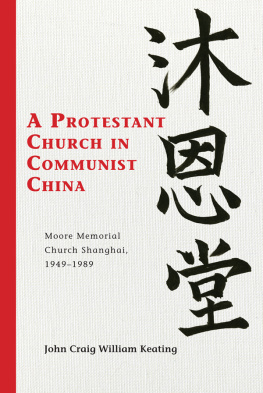
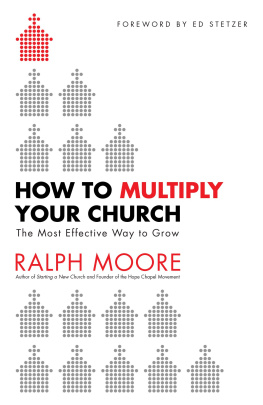

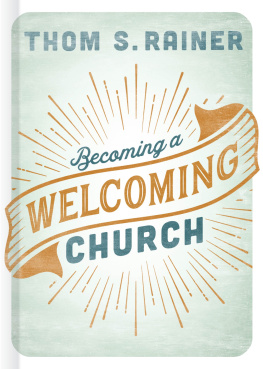
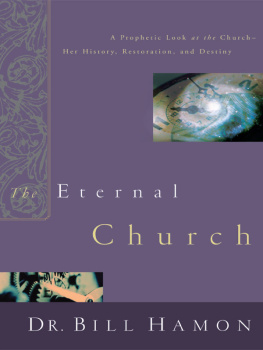
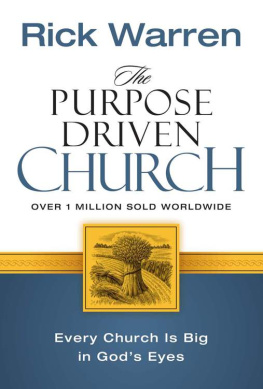
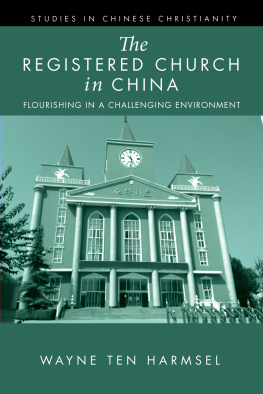
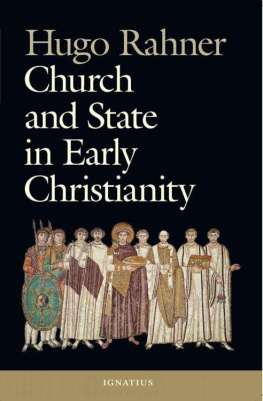


 The paper used in this publication meets the minimum requirements of American National Standard for Information SciencesPermanence of Paper for Printed Library Materials, ANSI/NISO Z39.48-1992.
The paper used in this publication meets the minimum requirements of American National Standard for Information SciencesPermanence of Paper for Printed Library Materials, ANSI/NISO Z39.48-1992.